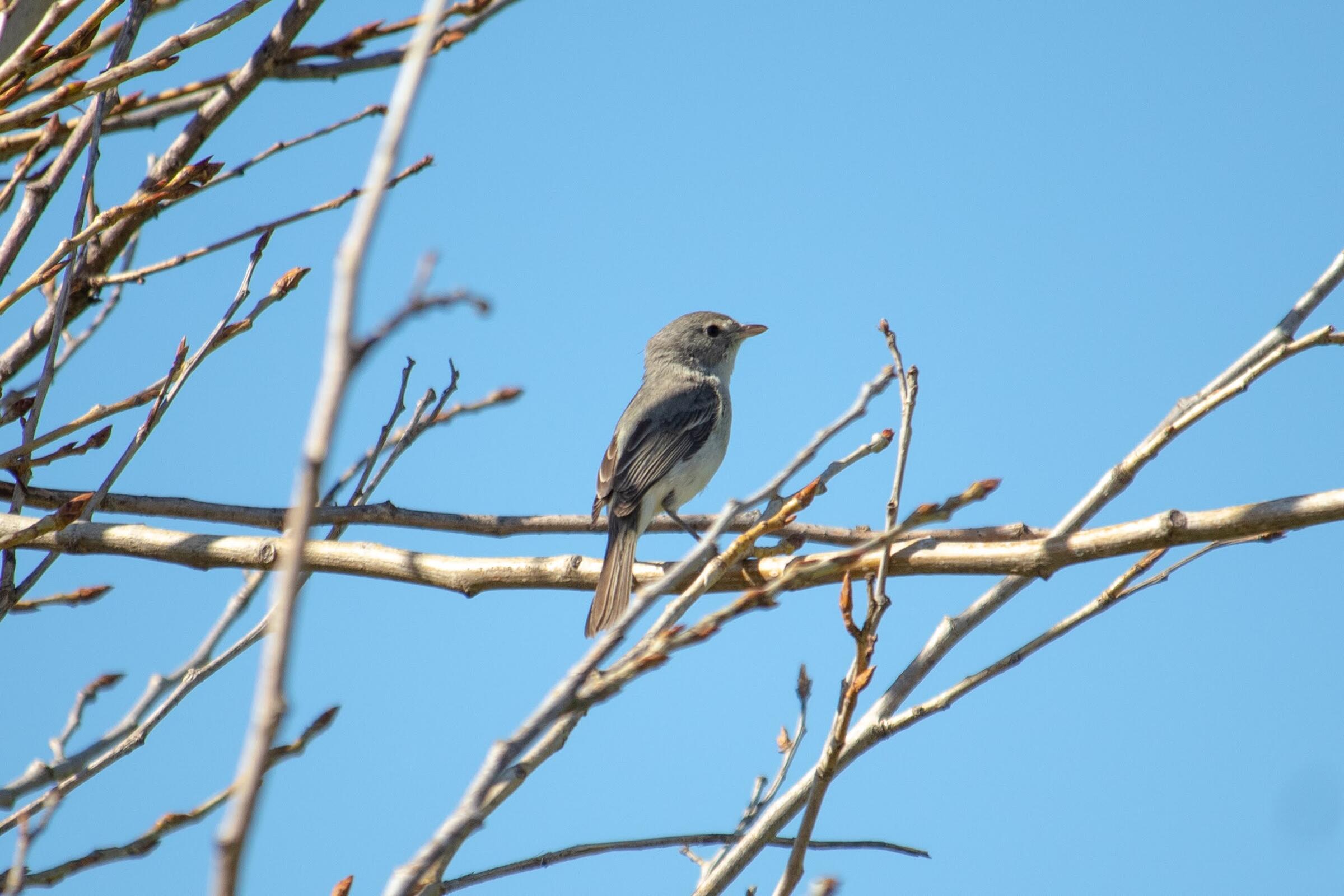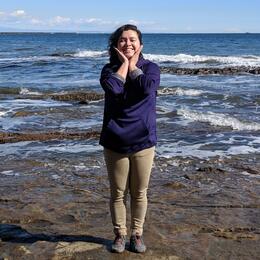Northeast Los Angeles is a beautiful and unique community, and it’s also for the birds. The Audubon Center at Debs Park, Theodore Payne Foundation, California State Parks, Test Plot, and Los Angeles River State Park Partners, and have been adding California native plants to a section of Rio de Los Angeles State Park, this time around we are creating habitat for a very special bird, the Least Bell's Vireo! The Least Bell’s Vireo is a small, olive-gray, migratory songbird that nests and forages almost exclusively in river-related (riparian) woodlands, much like what we are building at Rio de Los Angeles State Park. The most rewarding part is the endangered bird has made an appearance!
The Least Bell's Vireo were first sighted at Rio de Los Angeles State Park in 2015 and State Parks began working with Audubon at Debs to enhance their preferred native habitat of dense understory, mulefat screens, and open flyways. Dedicated community birders have also been monitoring their presence for many years. This Spring, we discovered a nesting pair of Least Bell’s Vireo here at the park!
Highly territorial, Least Bell’s Vireos begin to establish breeding territories, ranging in size from 1 to 4 acres, around mid to late March. Their nests are about two feet off the ground, making them vulnerable to predators. Most breeding Least Bell’s Vireos depart their breeding grounds by the third week of September, and very few stay the winter in the United States. Least Bell’s Vireos are sensitive to human disturbance, including night lighting and persistent human presence. Excessive noise can cause them to abandon an area. Widespread habitat loss has fragmented most remaining populations into small, widely separated subpopulations - which is why we are very excited to see two Least Bell’s Vireo nests near our habitat restoration site.
To support this endangered species, the National Audubon Society received a grant from the National Fish and Wildlife Foundation’s Five Star and Urban Waters Initiative to install 1,000 more native plants, including 200 native trees, to build out Least Bell's Vireo habitat at Rio de Los Angeles State Park. Partners and Community Members have planted Mule Fat (Baccharis salicifolia), Mugwort (Artemia douglasiana), and other California native plants and trees that provide food and shelter for the Least Bell’s Vireo. We have had a great time connecting with local community members that helped us get trees and plants in the ground and continue to help us care for them. As the days get warmer, it is important to help our newly placed plants make it through the summer. Adding native plants helps create functioning ecosystems in the garden by attracting native insects and wildlife that depend on these plants. They also sequester, or remove, carbon from the air, provide shelter and food for local wildlife, and connect us to native heritage.
Here is how you can help:
- Respect the fences and signs and stay outside of roped-off areas.
- Keep your dogs on a leash.
- Educate others about these amazing birds.
- Volunteer, and help create habitat for these birds.





